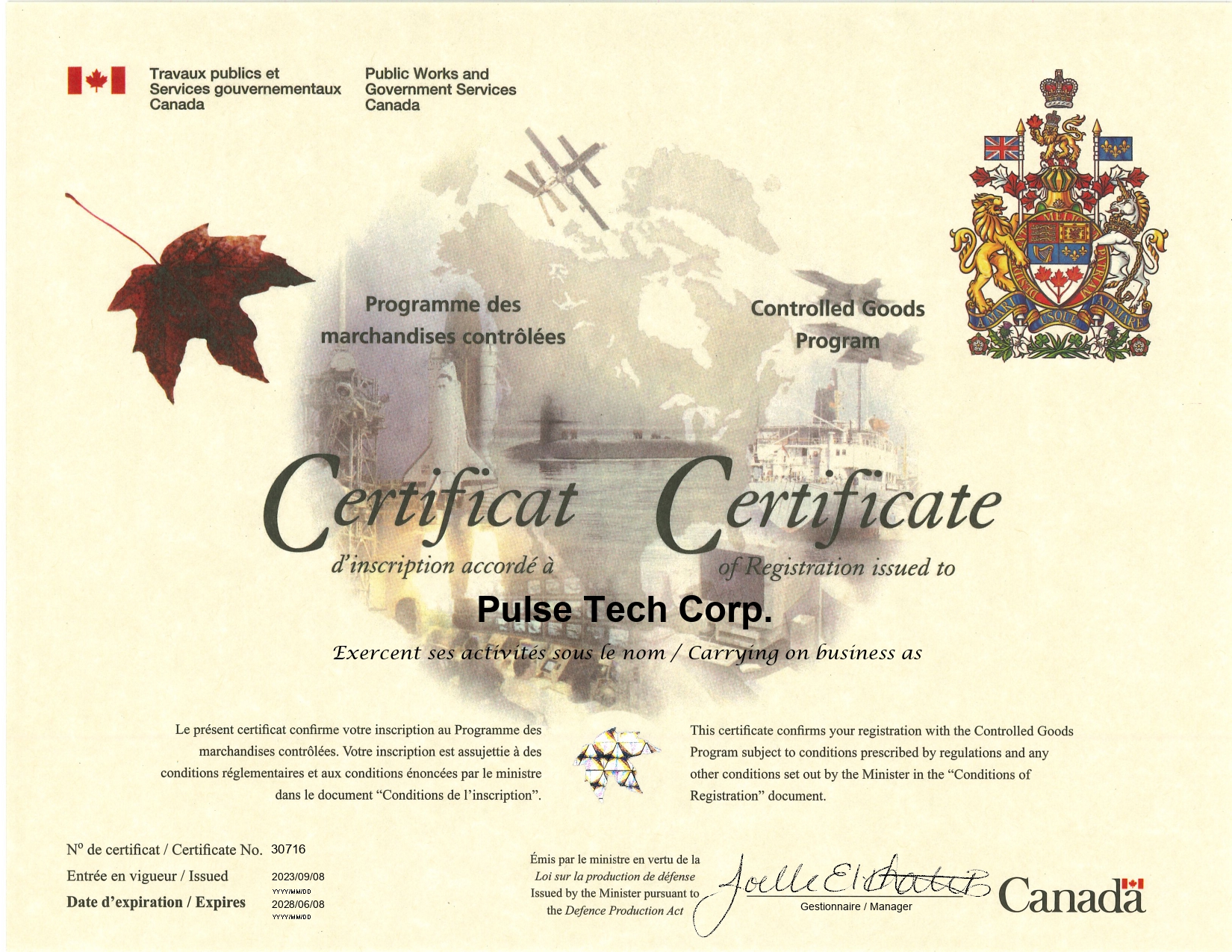Managed Security Services
Managed Security Services
Our Firewall Security Services provide robust protection against variety of cyber threats, ensuring your organization’s network remains secure and resilient. From initial installation to advanced protection techniques, we offer a comprehensive suite of services tailored to meet your unique security needs.
From the essential steps of installation and configuration to the detailed management of your firewall system and the deployment of advanced security licenses, we ensure your network is fortified against all forms of cyber threats.
Firewall Installation and Configuration
This foundational service is the first step towards a secure network environment. Our team of experts will handle the installation and configuration of your firewall systems, ensuring they are set up to provide optimal protection. We analyze your network architecture and business requirements to configure firewall rules that secure your data while maintaining operational efficiency.
Managed Firewall
Our Managed Firewall service takes the burden of ongoing firewall management off your shoulders. We handle everything from firmware updates to monitoring log files, ensuring your firewall is always up to date with the latest security patches and operating at peak efficiency. Regular reports and insights into your network traffic patterns and potential security threats keep you informed and prepared. Security Policy Management is setup to ensure they align with evolving security policies and threat landscapes.
Advanced Gateway Protection at Firewall
To fortify your network’s first line of defense, we offer Advanced Gateway Protection at the firewall level. This includes deploying various security licenses and technologies designed to enhance your firewall’s capabilities like Intrusion Prevention Systems (IPS), Gateway Anti-Virus, Web Filtering, Application Control (ACL) and Advanced Threat Protection (ATP).
Managed Security Services
Password & Data Leaks: Passwords and data is sold in the dark web, our monitoring catches this on time so that corrective actions can be taken immediately before hackers use it.
Domain Impersonation: Cyber criminals impersonate your domain to fool you and your clients to send money transfers to their bank accounts. Our security catches the impersonated domains in advance and stop this from happening.
Simulated Phishing: This is a proactive approach to identify vulnerable employees to phishing attacks. It allows you to address the readiness in advance to protect the integrity of your network. Test your organization’s resilience against phishing attacks with simulated campaigns.
User Training: Enhance your team’s ability to recognize and report potential cyber threats with targeted training programs. Education on the latest cyberattack techniques and preventive measures builds a human firewall against cyber threats.
Outlook Plugin: Integrate advanced email security directly into Outlook with a plugin that utilizes the SLAM (Scan, Learn, Analyze, Mitigate) method. This tool empowers users to quickly identify and report suspicious emails, bolstering your organization’s defense against phishing and other email-based attacks.
Managed Security Services
Focus Areas of CIS Hardening
CIS hardening encompasses a comprehensive approach to securing various components of an organization’s IT environment:
Server Hardening: Server hardening is a critical aspect of securing an organization’s IT infrastructure. Practices such as aligning access control with the least privilege principle, segregating servers, and implementing secure hosting solutions are essential for minimizing vulnerabilities.
- Improved Security Posture: System hardening enhances the overall security of systems by implementing security controls that reduce the attack surface.
- Meeting Security Compliance Standards: By simplifying and refining the IT environment, server hardening helps organizations comply with security audits more effectively, ensuring that only necessary components and functionalities are maintained.
- Enhanced System Functionality: Disabling unnecessary services and functionalities not only mitigates potential security risks but also improves system performance and reliability by focusing on essential operations.
Application & Database Security: Implementing strict controls over privileged user accounts and encrypting databases are crucial steps in protecting sensitive information.
Operating Systems: Regularly configuring updates, patches, and automating these processes are fundamental to maintaining system integrity and security.
Networking: Ensuring that firewalls are properly configured, and blocking insecure ports and protocols are key measures in safeguarding network security
Managed Security Services
Benefits of NIST Alignment
Aligning with the NIST Cybersecurity Framework brings numerous advantages to organizations, empowering them to fortify their cyber defenses effectively. Key benefits include:
Structured Risk Management: The NIST CSF provides a structured methodology for identifying, protecting against, detecting, responding to, and recovering from cybersecurity incidents, enabling organizations to manage their cyber risks more efficiently.
Enhanced Cybersecurity Posture: Through the adoption of NIST’s guidelines, organizations can strengthen their security posture by implementing best practices for cybersecurity governance and risk management.
Comprehensive Asset Visibility: PTC’s managed services aligned with the NIST framework, offers complete visibility of all assets within an organization’s network, ensuring that every component is monitored and secured.
Proactive Threat Management: With deep situational awareness and threat detection capabilities, organizations can proactively identify and mitigate potential security threats before they escalate.
Improved Compliance: NIST alignment helps organizations comply with regulatory requirements, reducing the risk of penalties and enhancing trust among stakeholders..
Managed Security Services
5 Steps for Vulnerability Assessment
Planning & Design: This initial step involves defining the goals of the assessment, such as checking for network segmentation or malware scanning, and preparing for compliance audits.
Configuring the Scan: Configuration involves specifying target IPs and selecting the network segments and devices to assess. The process includes defining the scope of the scan, setting up port ranges, and choosing the scan’s aggressiveness level to avoid network operation disruptions.
Scanning for Vulnerabilities: Using a manually tuned automated scanning tool, this step focuses on checking target network components for vulnerabilities. It’s a critical phase where the actual search for security weaknesses takes place.
Analysis of Scan Results: Post-scanning, the results are analyzed manually to filter out false positives and validate identified security vulnerabilities. This analysis helps in understanding the root causes and potential impacts of the found vulnerabilities, forming a basis for further action.
Reporting the Vulnerabilities Discovered: The final step involves preparing and delivering a comprehensive report, which includes an executive summary, a detailed list of detected vulnerabilities classified by criticality, corrective measures for each flaw, and the assessment methodology and tools used.
Managed Security Services
Managed Security services
Case Studies
For any questions:
Please get in touch by Phone : 905-488-5400 or
by E-mail : sales@pulsetech.ca
or fill the form below and we will connect back to you.






